The 3D Printing Revolution
Imagine a machine that can create any object on demand. A device that manifests your every desire with the push of a button — or, more inferably, with the voicing of a command — one that instantly conjures piping hot meals, the trendiest designer jewelry donned by your favourite cybernetic celeb or even the latest upgrade for your even-smarter phone. Tech that becomes desktop neighbours with your deca-core PowerBook and ink-jet printer. Imagine the power to generate enhanced lungs to replace those outdated and problem-prone “natural” models. Or even to form a new body altogether.
This is the wild speculation that sci-fi buffs and tech heads tinker with in the hollows of clandestine Internet forums, the castles in the sky of dreamers musing over the paradigm-shifting possibilities that 3D printing teases. Not long ago, that’s all 3D printing was: nothing more than obscurity in a world focused on the next Apple product. These days, however, this budding technology is capturing headlines around the globe.
The stories range from hopeful to alarming. Several weeks ago doctors in Michigan saved the life of an infant with a custom “airway splint” made using a 3D printer, and NASA expressed interest in using 3D printing during space missions to create tools, and even food, when needed. On the flip side, in May, a Texas-based non-profit group pulled the trigger on the Liberator, the first 3D printed gun.
The possibilities are intense, surreal, seemingly endless, and yes, frightening. But even with a seedy underbelly, major news outlets are trumpeting 3D printing’s potential. BBC News called it “a force for revolutionary change,” and the New York Times drew attention to the “growing sense that 3D printers may be the home appliance of the future.” As 3D printers become more affordable and sequentially more accessible, many see 3D printing as ushering in a new era of “desktop manufacturing,” a means of democratizing production. This could be the stone plonked into society’s sea that creates the ripple that swells into a sweeping wave — one that could completely alter business, medicine and even ourselves.
But behind all the cheerleading, what does this new technology really mean for us? What are the social implications, and can it even live up to the hype?
University of Toronto assistant professor Matt Ratto believes the possibility of 3D printing reshaping many aspects of our world is real, but that we also need to pump the breaks on the utopian Star Trek fantasizing. “This imaginary idea of production without labour — that’s why people find 3D printing so exciting,” says Ratto, director of the Critical Making Lab and the larger Semaphore research project at U of T’s Faculty of Information’s iSchool. “They think of it as, in a sense, a Miraculous Object Creator: have an idea, and poof, it shows up. I don’t think that will ever happen.”
The goal of the Semaphore project is to study the ways in which new technologies grant people the power to take control over their physical environment. While 3D printing can potentially facilitate that control, there are rivers that demand crossing. One of the biggest hurdles is the steep learning curve of current software. For the uninitiated, 3D printing — formally known as “additive manufacturing” — is the process of creating physical objects from digital models. Computer software, like AutoCAD, is first used to shape a virtual blueprint of an object. That data is then sliced into thin layers (like a virtual loaf of bread) for the 3D printer to follow as it deposits a material (various polymers or metals in powder or liquid forms) layer by layer to create a near identical physical representation of the digital model. The problem, Ratto explains, is that the software isn’t average-user-friendly. “Right now we’re still at a point where people are just beginning to even think about what would 3D design be for a mass audience,” he says. Design tools and platforms need to be far more inclusive “in order to make the potentialities of things like 3D printing appropriable by mass audiences.”
He believes a potential solution is to make software specific, focusing less on creating everything and more on creating select objects. It could help keep us non-designers within the territory of possibility while still allowing us to add unique twists to basic templates. Product design is then in the consumers’ hands — mug handles would be sized to our liking, jewelry would be shaped to our ideals and more. “Mass production was the order of the day,” Ratto says. “Now with these new technologies we can do what is called ‘mass customization’ and make things for individual needs.”
In its current form, however, Ratto believes 3D printing’s “use case” is best served for a select few. Architects, product designers and hobbyists, for example, regularly use 3D printing to generate prototypes unlike any technology before. But is this enough for the general population?
This is one of the biggest criticisms of 3D printing: that for average consumers it’s a mere gimmick. In the U.S., Staples recently announced it will start selling the Cube®, a consumer-grade 3D printer, at retail outlets this summer. But it’s being sold for shaping trinkets and simple accessories. If the average consumer is only using desktop fabricators to create plastic jewelry, cellphone cases and replicas of the Eiffel Tower, what’s the point? Especially at a $1,300 price point. Ratto acknowledges this argument — “So many Yodas,” he says with a smile as he holds a bust of the iconic Jedi made by a student. He feels there’s more potential than that. Prosthetics, in particular, could see benefits. His team is working on simple upper-arm prosthetics that are designed specifically for each individual. The promise is huge and could be life-changing for amputees. It’s “prompts” like these that are needed to push 3D printing’s possibilities into the public consciousness. “A focus less on decorative items and more on useful things,” he says. “I think we need more of that.”
Besides hobbyist trinkets and other useless doodads, what can we expect in the near future? Think custom enclosures, Ratto explains. For example, a smartphone case designed to fit perfectly in your hand and spanning the right distance from ear to mouth (although, he acknowledges, this runs contrary to how major manufactures like Apple and Samsung operate: they don’t like you opening their tech up). Printing repair parts is already a reality — although only at a grassroots level. But the next big step is printing electronics, and the research is already underway.
“But personally,” Ratto says, “I think the way it will go down is more like a Kinko’s model.” The idea is to have shops where customers can either bring their designs or fiddle with manufacturer’s templates and have the end design printed right there in front of them, similar to when we need large collections of photos or paper printed today. “I think that’s the model that actually has the biggest social implications,” he says. Once the printing of electronics becomes reality (in roughly 10 years), it could reshape our relationship with our devices. Picture heading to the local Tech‘R’Us, selecting the characteristics you want and having it printed. Instead of being designed for the lowest common denominator, products will potentially be built exactly for you.
In Toronto, we’re already seeing such services crop up. At 3DPhacktory, the city’s first bricks-and-mortar 3D printing studio, Laurie Mirsky is currently operating with this mindset. Opened last July, 3DPhacktory can, like other 3D printing companies, simply print the files you send them. Mirsky, however, also offers a more personal touch. “People can come in with just an idea, sit with a designer and we help draft it out,” he explains. It’s a collaborative approach that allows “makers” to work through their ideas and “realize it as a three-dimensional working object.” This service bridges the gap between complex software and designers. From architects to industrial and product designers, to animation houses and hobbyists, customers are able to materialize ideas in ways never before possible. “It’s not just on the screen,” he says. “You can now interact with ideas on a tactile level.”
Mirsky agrees that in terms of large-scale production, 3D printing is years away from matching standard manufacturing techniques. The biggest concern he has, however, is growing copyright issues. With a background in film production, Mirsky is no stranger to intellectual property theft. Because of 3D printing’s ability to easily duplicate physical objects, this is a permeating worry. On the bright side, this could also lessen obsolescence. Mirsky describes how people often come in with broken parts from machines or tools that are no longer in production. “You can go on the Internet and pull down a blueprint and we can reprint the part,” he explains. “In fact, I’ve got a guy coming in, he’s got a sailboat and a piece is broken off that isn’t made anymore. He’s going to bring the piece in, we’re going to draw it out and print it for him.”
While all these current uses and future prospects serve niche markets, they still don’t address the biggest question of all: What’s the killer app for 3D printing? What’s that one application that will make 3D printers a must-have device?
It was a question that Hod Lipson, associate professor of Mechanical and Aerospace Engineering and Computing and Information Science at Cornell University, tackled during his presentation at a recent MastermindTalks entrepreneur event in Toronto. “It’s a lot like being in the ’70s and trying to predict the killer app for computers,” he says. When computers were first introduced, major manufacturers endeavoured to figure out how people would use them at home. One abysmal failure, Lipson explains, was the Kitchen Computer, a device that would allow housewives to look up recipes and prepare them on one device. The real seller, to much surprise, was gaming. “It turned out that way only when the first home consumer-scale computers were released and people started writing their own software,” he says.
Lipson approached his research in a similar way, open-sourcing the question of how people would like to use 3D printing. He found the biggest response was in regards to food. “It’s sort of a poetic closing of the circle of the Kitchen Computer,” he chuckles. For many, the idea of printing food may seem far too alien, frivolous even. But Lipson feels it’s a market that is being overlooked, especially considering the biometric and nutritional possibilities. Imagine, he says, printing a cookie with a sugar content tailored to your activity level for that particular day, or a meal that meets your exact dietary needs. Such advancements would “connect cooking and food with information technology in a way it’s never been before,” he says.
Of course, prophesizing consumer habits is always a gamble. Lipson acknowledges there’s no way to tell how the world will react, but that doesn’t mean we should rule out the seemingly absurd. “Frankly, there are a lot of new business models that we can’t predict,” says Lipson, co-author of Fabricated: The New World of 3D Printing. “It was impossible to predict social networking back in the ’70s. We don’t know yet how this ability to customize products will create opportunities that we can’t foresee.” But Lipson does believe, like Ratto, that people will have more control over what they consume and how it’s made. He uses the example of Invisalign, a clear, form-fitting type of braces made using 3D printing. This dental technology is shaped to perfectly fit the user’s unique teeth. There’s no reason why we can’t expect such customization from manufacturers and retailers in the future. Picture, for example, walking into a sunglasses shop and having a pair tailored exactly to your head, or popping into a jeweller’s and ordering something completely eccentric that’s made to match your body — perhaps a ring-bracelet combination that slinks from the tip of your finger all the way up your forearm. “Even though you might not necessarily be engaged in the design process, you would expect products that are customized,” he says.
Lipson is, however, not oblivious to the repercussions of digital fabrication. Printing weapons, specifically guns, was an issue he raised in the past, and with the Liberator story coming to the forefront, it’s a concern that’s now generating anxiety. “There’s a safety issue more than anything else,” he says. “Kids can have access to these blueprints and try to make a gun that might injure them or others. ”This needs to be addressed. Even printing repair parts could prove problematic. If the printed part, say a car steering wheel, doesn’t meet industry standards, it’s not hard to foresee calamity. “Definitely, for certain types of products, there should be some kind of certification legislation,” he says.
While 3D printing’s impact on consumerism is certainly noteworthy, perhaps the most exciting, and reformative, research involving this technology is in regards to medicine. Surgeon and director of the Wake Forest Institute for Regenerative Medicine Dr. Anthony Atala and his team have been working on ways of bioengineering functioning organs in hopes of filling the gap between the number of donated organs and those in need of transplants. One means of producing these organs is through the use of a 3D printer. At a presentation he gave at a TED Talk in 2011, Dr. Atala showcased their method of using a combination of CT scans, human cells and a 3D printer to produce bioengineered kidneys designed specifically for individual patients. Organs and tissues such as bladders, urine tubes, cartilage, blood vessels and tracheas have already been implanted in patients in the past. But complex organs, like kidneys, are still in the works. While these kidneys are only experimental and not yet ready for clinical use, the prospect of merging innovative tools, like 3D printing, with cutting-edge medical science is encouraging and could someday address major health issues. “Regenerative medicine has the promise to cure — rather than merely treat — some diseases. The field also offers the potential to help solve the critical shortage of donor organs for transplant,” says Dr. Atala over email.
The most interesting, and inspiring, aspect of Dr. Atala’s research, however, has nothing to do with 3D printing itself. The 3D printer is merely a tool in the broader spectrum of this groundbreaking research. Like any tool, 3D printers only create possibilities. They are part of the evolving dynamic between us and cyberspace — pulling data from out of our devices and melding it with the physical world. What’s especially stirring is the possibilities this tech affords. But in the end, that’s all this technology is: possibilities. It’s up to us to realize that potential. “A hammer doesn’t build a house,” says Ratto. In other words, “3D printing is not going to automatically make things better for people. We have to develop the systems and businesses that make that happen.”









































































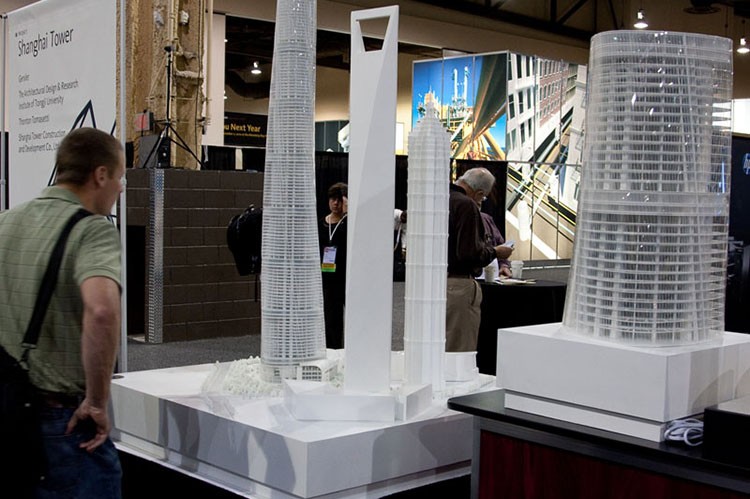
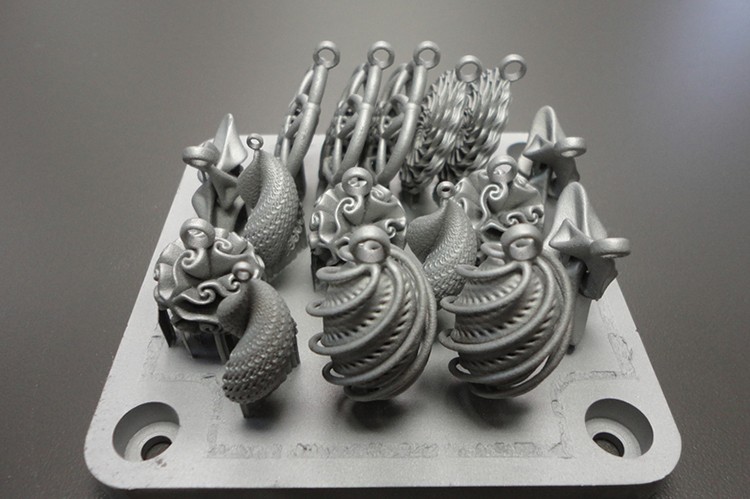
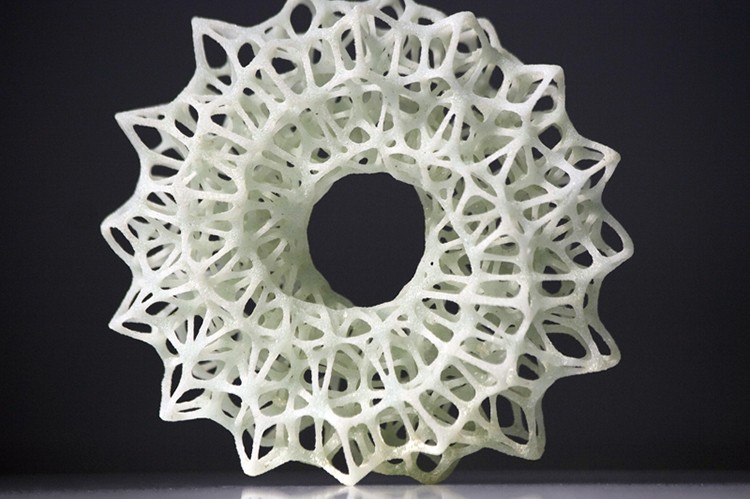
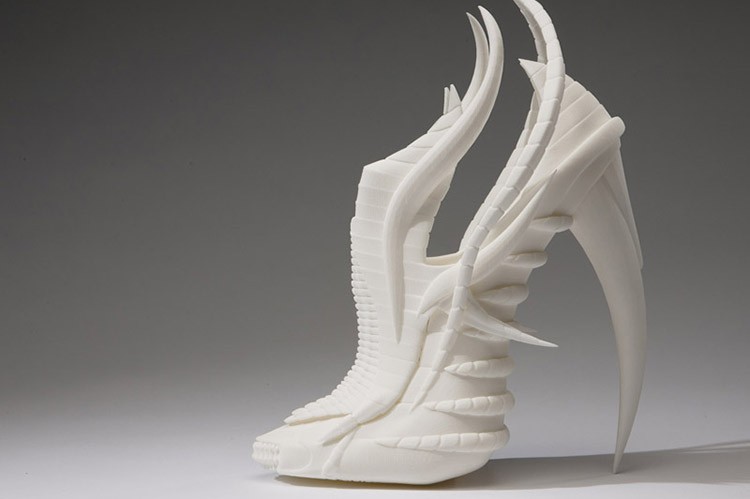
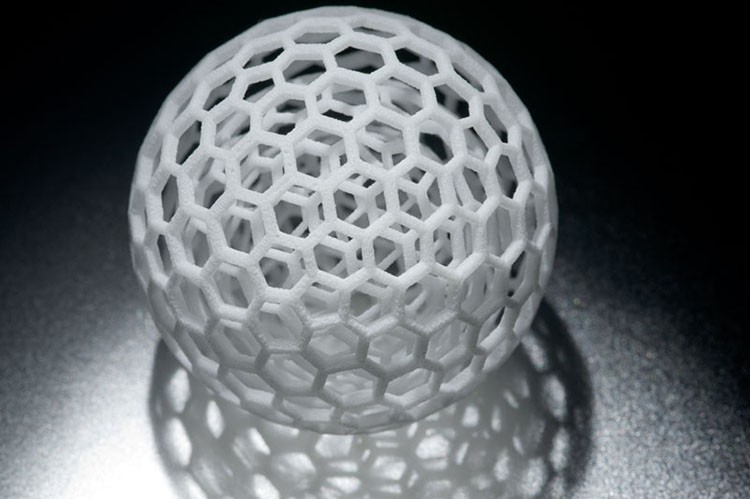
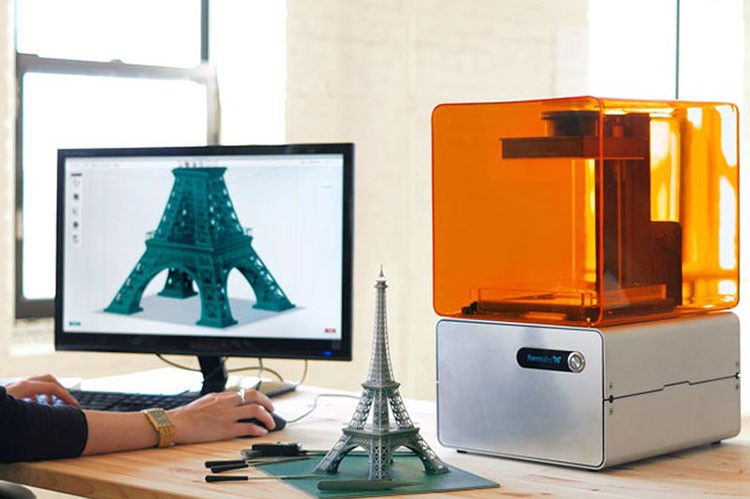
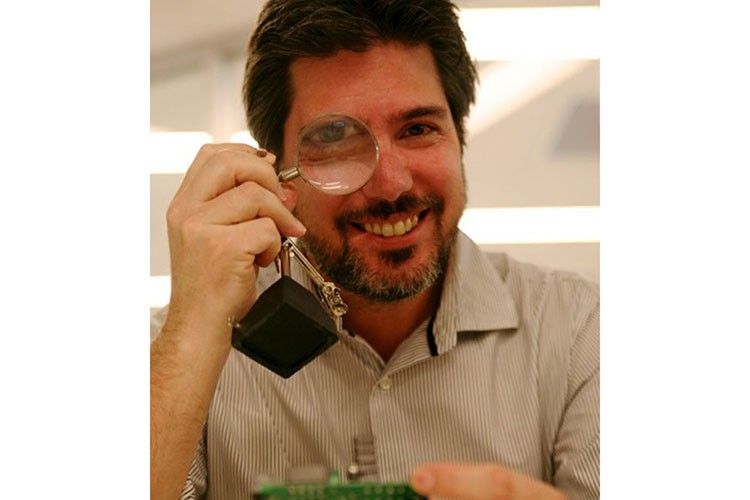
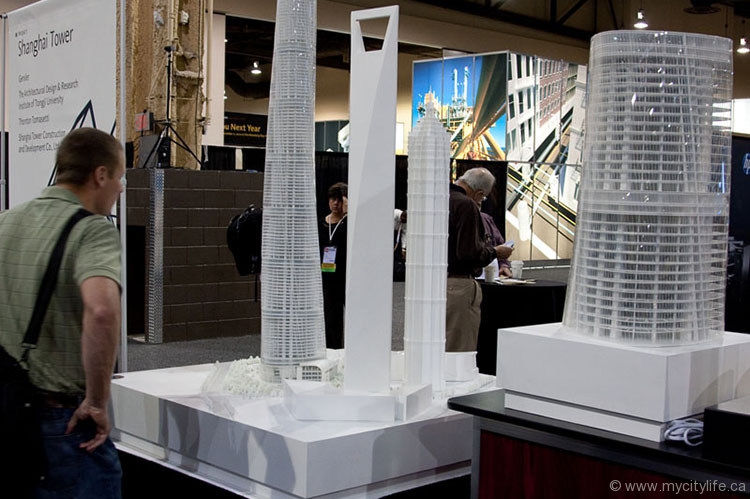






No Comment